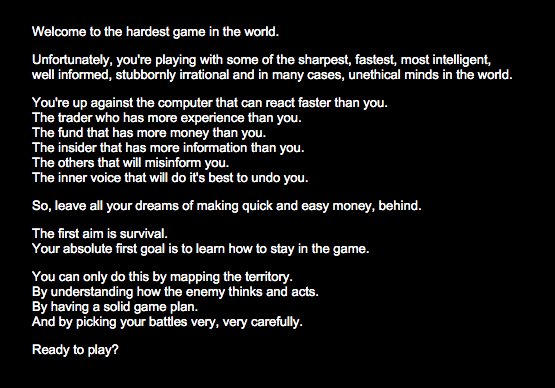Jian Chen / Profile
- Information
|
12+ years
experience
|
0
products
|
0
demo versions
|
|
0
jobs
|
0
signals
|
0
subscribers
|
So accept them and be ready for them.
详细情况可以参见知乎专栏:https://www.zhihu.com/column/c_1248950995830595584

The purpose of this article is to create a custom tool, which would enable users to receive and use the entire array of information about patterns discussed earlier. We will create a library of pattern related functions which you will be able to use in your own indicators, trading panels, Expert Advisors, etc.

The MetaTrader 5 platform features functionality for saving trading reports, as well as Expert Advisor testing and optimization reports. Trading and testing reports can be saved in two formats: XLSX and HTML, while the optimization report can be saved in XML. In this article we consider the HTML testing report, the XML optimization report and the HTML trading history report.

The article describes the algorithm for implementing the OpenCL candlestick patterns tester in the "1 minute OHLC" mode. We will also compare its speed with the built-in strategy tester launched in the fast and slow optimization modes.
The article suggests a technology helping everyone to create custom trading strategies by assembling an individual indicator set, as well as to develop custom market entry signals.

Different situations happen in trader’s life. Often, the history of successful trades allows us to restore a strategy, while looking at a loss history we try to develop and improve it. In both cases, we compare trades with known indicators. This article suggests methods of batch comparison of trades with a number of indicators.

This article is dedicated to a new and perspective direction in machine learning - deep learning or, to be precise, deep neural networks. This is a brief review of second generation neural networks, the architecture of their connections and main types, methods and rules of learning and their main disadvantages followed by the history of the third generation neural network development, their main types, peculiarities and training methods. Conducted are practical experiments on building and training a deep neural network initiated by the weights of a stacked autoencoder with real data. All the stages from selecting input data to metric derivation are discussed in detail. The last part of the article contains a software implementation of a deep neural network in an Expert Advisor with a built-in indicator based on MQL4/R.
